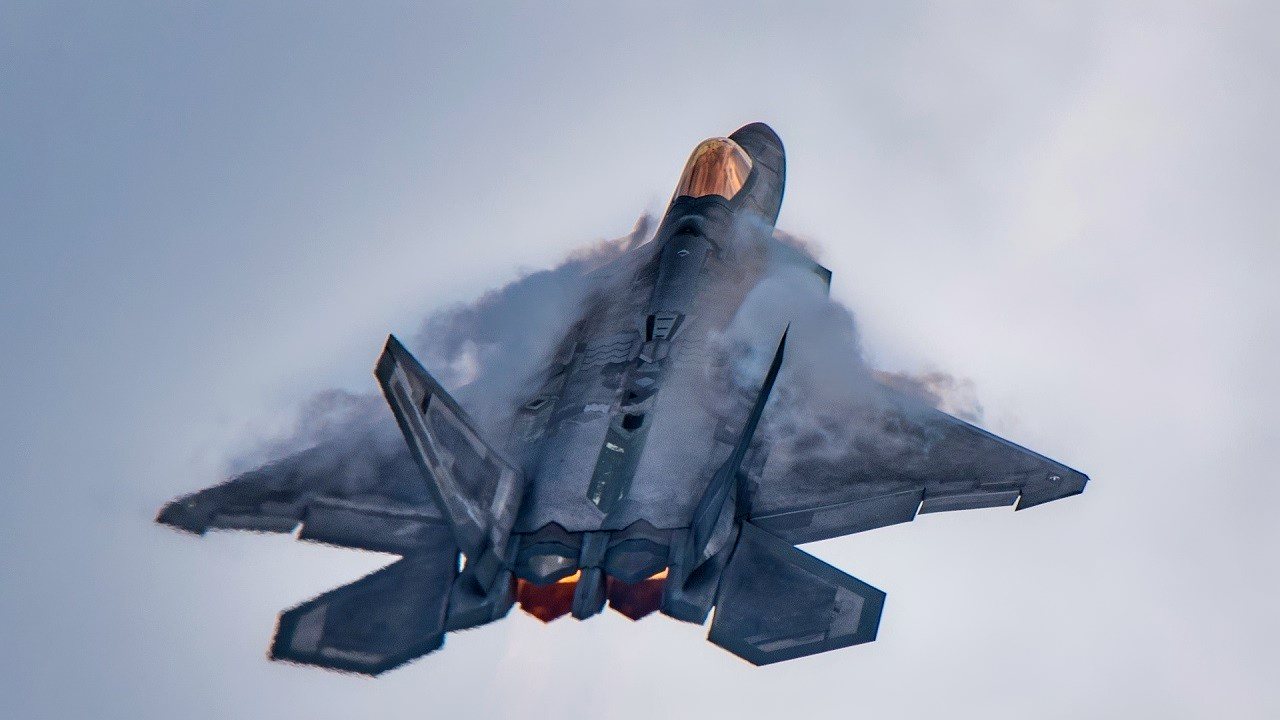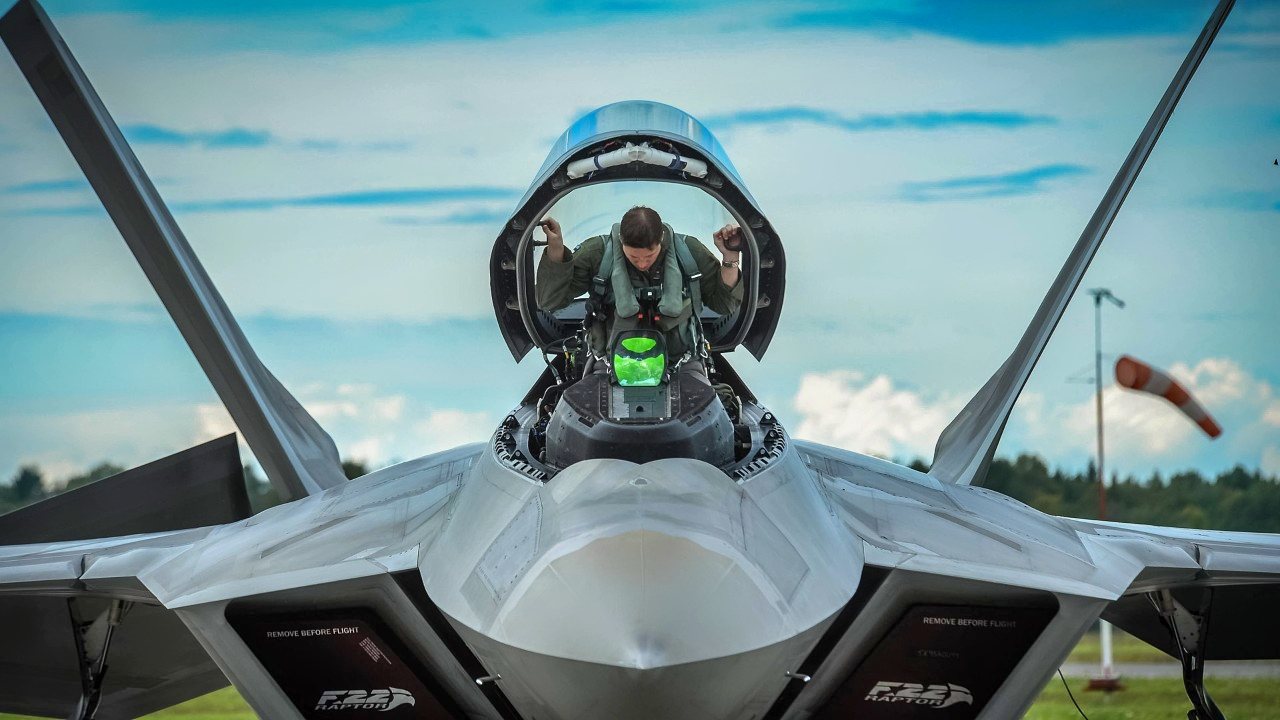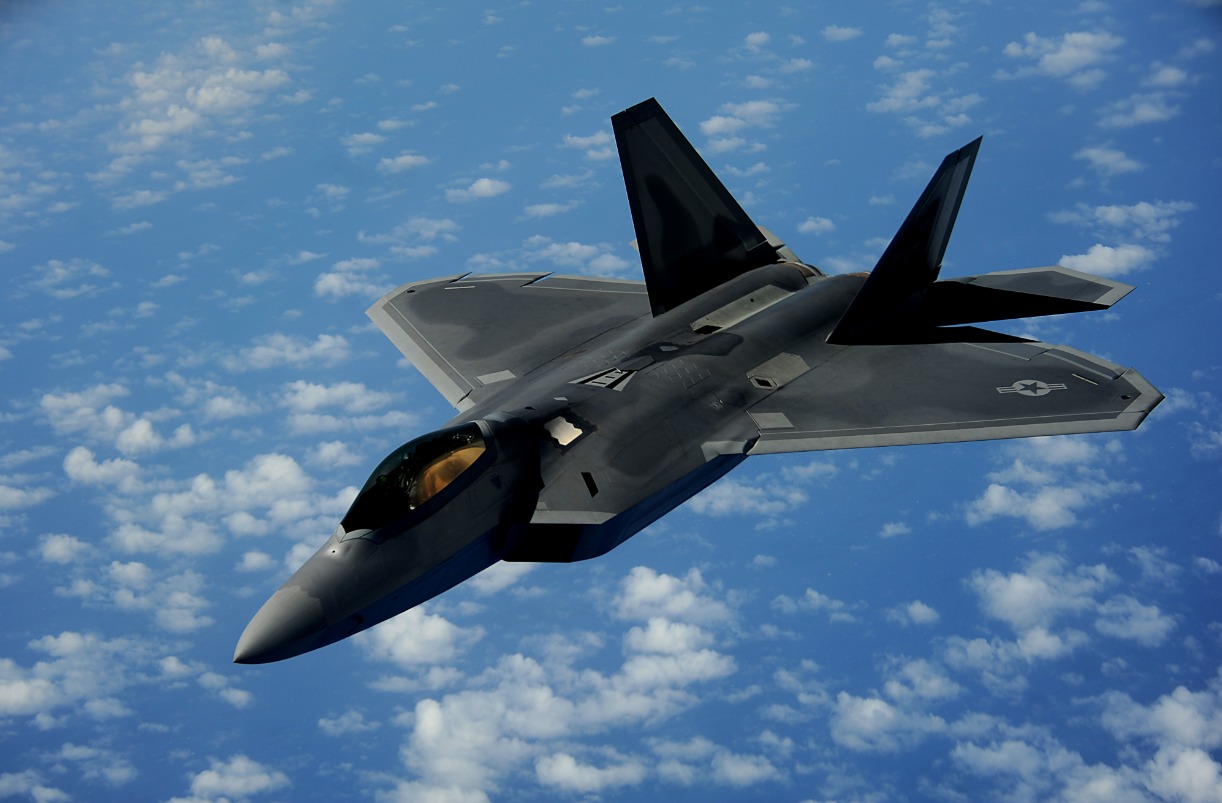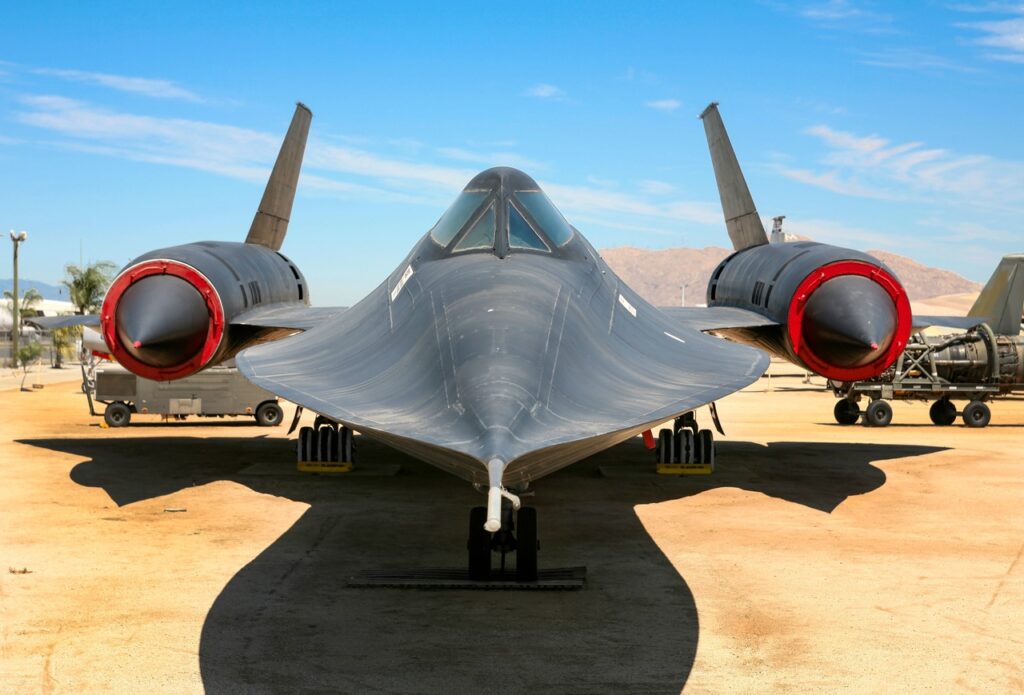
Houthi Insurgents Didn’t Shoot Down an F-22 Raptor
On Thursday night and the early morning hours of Friday, a Western coalition led by the United States conducted a series of air and missile strikes against Houthi insurgents in Yemen.
Over a few hours, the Western aircraft and warships attacked over 60 Houthi targets at 28 different locations. In addition, to the U.S., Australia, Bahrain, Canada, the Netherlands, and the United Kingdom participated in the operation.
More than 15 U.S. Navy F/A-18 Super Hornet fighter jets took off from the aircraft carrier USS Dwight D. Eisenhower, and four Royal Air Force Eurofighter Typhoon fighter jets took off from Cyprus. In addition, the USS Philippine Sea, USS Gravely, and USS Mason launched over 80 Tomahawk cruise missiles.
However, in the wake of the attack, a surprising piece of ‘news’ came out. On Friday morning, rumors about a downing of a U.S. F-22 Raptor circulated the internet (mainly Russian-controlled channels).
As one would expect, they were false, an attempt to spread misinformation in the wake of the U.S.-led operation.
Here is a brief list of reasons why the Houthi insurgents didn’t shoot down an F-22 Raptor.
Fake F-22 Raptor News
To begin with, it would be highly improbable—though not impossible—for the Houthis, with their antiquated air defense systems, to shoot down one of the most advanced aircraft in the skies today.
Coated with special stealth paint and designed with advanced stealth characteristics, the F-22 was the first stealth fighter jet in the world.
Enemy radars have a hard time detecting stealth aircraft due to a number of factors.
In addition, it would be highly improbable that the Houthis shot down an F-22 Raptor because this was a primarily U.S. Navy operation.
It was F/A-18 Super Hornet fighter jets and Tomahawk cruise missiles fired from warships that starred in the operation and not Air Force aircraft.
Moreover, if the Pentagon opted to use stealth fighter jets in the operation, the F-35 Lighting II would be a better pick.
A multi-role fighter jet—and not an air superiority one like the F-22 Raptor—the F-35 Lighting II is designed and equipped to conduct strategic attack missions like the one against the Houthis.
The Navy and Marine Corps operate the F-35C and F-35B versions of the Lighting and could have used them in the operation.
The F-22 Raptor Fighter Jet
The F-22 Raptor is the most advanced air superiority fighter jet in the world. It is the combination of stealth, agility, weapons, and sensors that make the F-22 Raptor a formidable foe.

The stealth fighter jet is powered by two Pratt & Whitney F119-PW-100 turbofan engines with afterburners and thrust vectoring nozzles that can produce a combined thrust of 70,000 pounds. As a result, the stealth fighter jet can reach speeds of more than Mach 2, supercruise (sustain supersonic flight without using its afterburners), operate at 50,000 feet, and do some crazy aerial acrobatics midair.

The aircraft is also heavily armed. It can carry two AIM-9 Sidewinder heat-seeking air-to-air missiles and six AIM-120 AMRAAM radar-guided air-to-air missiles in air combat mode, and carry two 1,000lb GBU-32 JDAMs, AIM-9 Sidewinders, and two AIM-120 AMRAAMs or eight 250lb SDB bombs, two AIM-9 Sidewinders, and two AIM-120 AMRAAMs in air-to-ground mode. The F-22 Raptor also packs a powerful M61A2 20-millimeter cannon with 480 rounds for close dogfights.
About the Author
Stavros Atlamazoglou is a seasoned defense journalist specializing in special operations and a Hellenic Army veteran (national service with the 575th Marine Battalion and Army HQ). He holds a BA from Johns Hopkins University and an MA from the Johns Hopkins School of Advanced International Studies (SAIS). His work has been featured in Business Insider, Sandboxx, and SOFREP. Email the author: [email protected].


